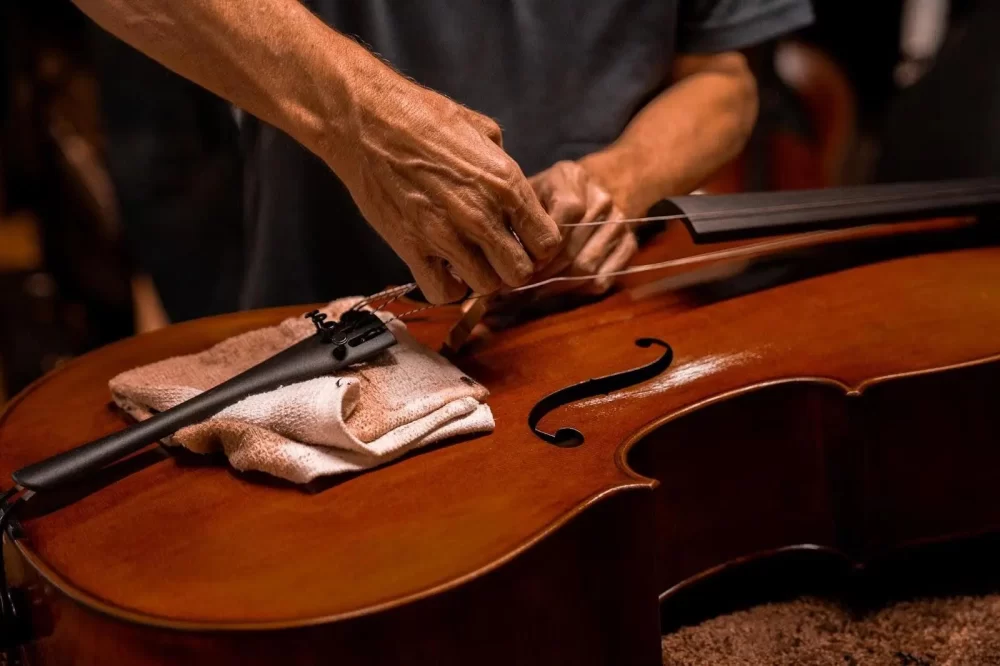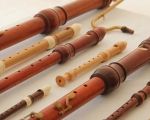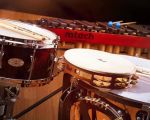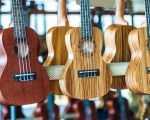
- Understanding Musical Instruments: Categories and Characteristics
- Factors to Consider When Choosing a Musical Instrument
- Popular Musical Instruments and Their Unique Appeal
- Real-Life Examples to Guide Your Choice
- Where to Find the Best Instruments and Services
1. Understanding Musical Instruments: Categories and Characteristics
Choosing which musical instrument to learn or buy can feel overwhelming because the world of musical instruments is vast and diverse. Instruments are broadly categorized into strings, woodwinds, brass, percussion, and keyboards. Each category holds distinct characteristics that affect the sound, playing technique, and learning curve. For instance, string instruments like the guitar and violin rely on finger dexterity and bowing or plucking, while woodwinds such as the flute and clarinet require breath control and precise fingering.
Understanding these categories is the first step toward making an informed decision. It's essential to recognize your own preferences in sound, style, and even portability. For example, if you enjoy mellow and expressive tones, a cello might resonate with you, whereas an energetic brass instrument like the trumpet offers bright, bold sounds.
Moreover, knowing the typical roles these instruments play in different genres—classical, jazz, rock, or folk—can help you align your choice with the musical direction you wish to explore. This foundational knowledge not only simplifies your search but also sharpens your focus on what “which musical instrument” truly fits your personal musical journey.
2. Factors to Consider When Choosing a Musical Instrument
Beyond the instrument types, there are crucial factors to consider that shape the decision of which musical instrument to choose. First, consider your musical goals: Are you learning for casual enjoyment, joining a band, or aiming for professional performance? This goal will influence the level of commitment and the type of instrument best suited to your needs.
Secondly, physical considerations such as hand size, lung capacity, and physical endurance can determine which instruments are easier or harder to master initially. For example, younger learners might find the violin or keyboard more manageable compared to the tuba, which demands significant breath control and lung strength.
Another vital aspect is the budget. Some instruments require a higher upfront investment and ongoing maintenance costs. The piano, for instance, involves substantial initial expense and space requirements, while instruments like the ukulele are affordable and highly portable.
Lastly, accessibility to teachers and learning resources is critical. Opting for an instrument with abundant learning materials, local teachers, or online tutorials can drastically improve your progression and enjoyment.
3. Popular Musical Instruments and Their Unique Appeal
Among the many choices, certain instruments have captured widespread popularity for good reasons. The guitar stands out due to its versatility across genres and relatively easy learning curve for beginners. It serves well in solo performances and group settings alike. The piano remains a staple for music theory understanding and versatile musical expression, bridging classical and contemporary music effortlessly.
For those drawn to wind instruments, the saxophone offers rich tones suitable for jazz and pop, while the flute’s bright, clear sound suits classical and folk music. Percussion instruments like the drums bring rhythm and energy, often becoming the heartbeat of any ensemble.
Each instrument has stories behind its cultural significance and the unique emotions it can evoke. For example, the iconic story of Jimi Hendrix revolutionizing the electric guitar not only highlights the instrument’s expressive potential but also inspires countless learners to pick up the guitar and explore their creativity.
4. Real-Life Examples to Guide Your Choice
Consider Emma, a young music enthusiast who struggled to decide which musical instrument to start with. After exploring various options, she chose the violin because of her love for classical music and its emotive sound. Her dedication and access to a supportive teacher helped her progress rapidly, illustrating how personal passion combined with the right instrument can unlock potential.
Another example is Mark, who wanted a musical outlet that was portable and social. He opted for the ukulele, appreciating its affordability and vibrant sound that instantly energized gatherings. Mark’s story underscores how lifestyle and social context play a vital role in the instrument choice.
These examples show that beyond technical considerations, emotional connection and practical lifestyle fit are decisive. Exploring stories like these can inspire you to reflect on your own preferences and circumstances when pondering which musical instrument fits you best.
5. Where to Find the Best Instruments and Services
Finding the right musical instrument isn’t just about picking the model but also involves sourcing quality products and support. Beat Trigger is an excellent resource where you can discover the most suitable instruments, tailored recommendations, and trusted services to meet your needs. Whether you are a beginner or a professional, Beat Trigger offers a curated selection of musical instruments and expert advice to help you make confident choices.
In addition to instruments, Beat Trigger connects you with top-tier repair shops, accessories, and learning resources. This one-stop destination simplifies your musical journey by ensuring you have access to everything necessary to nurture your passion and talent effectively.
Ultimately, choosing which musical instrument to embark on is a rewarding adventure. With thoughtful consideration, personal reflection, and trusted guidance, you’ll find an instrument that not only suits your technical requirements but also resonates deeply with your musical soul.








